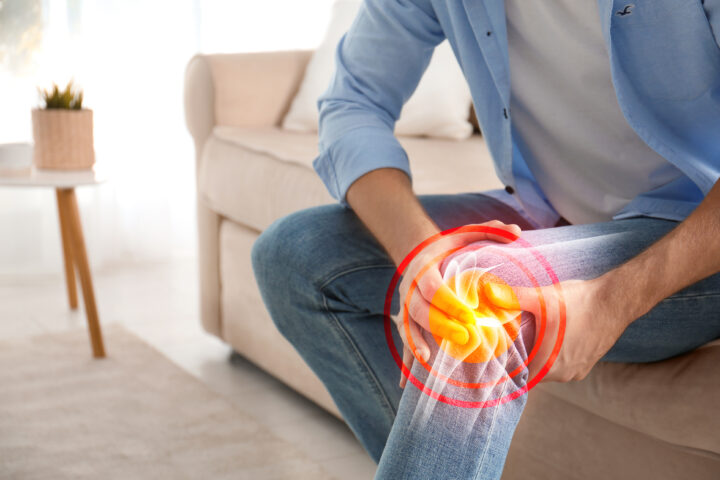Teen Driving Safety

Having a new driver in the household can be daunting. As the parent of a teen driver or rider, you probably have concerns about whether your child will pay attention behind the wheel, remember the rules of the road, and drive safely. Fortunately, there are ways you can get involved. Here’s what you need to know to make the experience smoother for both of you.
Drivers under the age of 20 have a higher car, truck, or motorcycle accident rate than other age groups. There are a few reasons for this, including:
- Inexperience is the most common reason teen drivers get into accidents; they simply haven’t clocked enough hours on the road. It takes time and experience before a driver automatically makes the correct decisions behind the wheel. Inexperienced drivers need supervised driving practice in order to get used to operating a vehicle.
- Driving on the road is different from reading the driver’s manual. What looks reasonable on a written driving test becomes a split-second decision in a traffic situation. A good example would be not knowing how much force is needed for a gradual stop. This can lead to sudden brakes and cause the driver behind to crash onto your teen driver.
- When the teen driver is male, studies have found that male drivers ages 16-19 get into more accidents than other age groups, and more than female drivers in the same age group.
- Teen drivers take more risks. Teenage drivers tend to speed more and drive less carefully overall. As a result, risky behaviors are often associated with teen drivers which in turn forces insurance companies to charge a higher premium.
- Younger people may use their phones more when driving. Obviously, adults are guilty of this too, but teenage drivers are particularly susceptible to distracted driving while on the road.
- Teens are more reckless. Unfortunately, zipping around traffic is tempting for some younger drivers. Motorcycle accidents in particular are more likely in this age group than any other.
These factors aren’t true for every young driver. Teenagers mature at different rates. However, they’re important points to keep in mind when assisting your new driver.
Consider Driving School for Your Teen
Even with years of safe driving under their belts, not all parents are comfortable teaching a child how to drive. It only makes sense. By now, many of the decisions you make while driving or riding come automatically. You may be concerned you’ll miss some rules of the road when relaying them to your teen.
Great driver education programs take those worries away. Look for references and check review sites for local classes. Many offer the written portion online, and then a certain number of hours behind the wheel with the instructor. A driver’s education class will enable your child to experience a driver’s intuition first-hand with professional help. Your child may also learn about Graduated Driver Licensing laws.
If your teen drives a motorcycle, make sure he or she has the appropriate education. Don’t let them just “wing it” even if they feel confident in their ability to handle a motorcycle. It is every parent’s responsibility to keep their teen drivers safe and to encourage them to practice safe driving habits.
Take Your Teen Out on the Road
Once a permit is attained, take your teen driver out on the road. You’ll feel more confident if you can watch your child in action and help improve your driving or riding skills. Keep the following in mind:
- Be diplomatic. Teenagers don’t like hearing they’re doing something wrong any more than you do. Talk to your teen the way you’d want to be spoken to.
- Be safe. One can never be too safe on the road, and safe driving habits should always be enforced. Make sure both you and your child are wearing a seat belt and keep an eye out for your teen’s driving skills.
- Be encouraging. Make sure to compliment the driver when he or she gets it right.
- Take side streets or any quiet street. At this stage, the less traffic and the lower the pressure, the better. Avoid danger zones and try practicing in areas such as an empty parking lot.
- Nighttime driving. It is best to expose your child to all kinds of situations. Educate your child on how a car works. For example, he or she should know how to turn on and off the headlights, wipers, and signals by the time they take the test for their license.
- Keep an eye out for hazards. Remembering all the directions at once can be a learning curve for a new driver. Make sure you’re keeping your eyes on the road as well as on your teen.
The more practice your teen drivers have, the more confident they will get behind the wheel. Continue to encourage them throughout their practice, but make sure to have them keep the speed limit. As tempting as it may be for your child, speeding is extremely dangerous and should never be encouraged.
After Obtaining a Driver’s License
- Establish a driving curfew. Instruct to be back home with the car by a certain time so you don’t have to excessively worry. Furthermore, it may be a good idea to restrict night driving. Nighttime driving has limited visibility and your young driver may not be ready for such situations.
- Have a talk about financial responsibility. In a loving tone, inform your child that driving is a responsibility in more ways than one. Make an agreement on how much of the insurance copay or repairs will be, and indicate that it is his or her responsibility to cover those costs if they’re in an accident. Motor vehicle crashes can be expensive, and informing such expenses early on may encourage teen drivers to drive more responsibly.
- Talk about teen passengers in the car. Friends may encourage reckless behavior, like driving faster or running red lights. It is okay to have fun, but they should never allow teen passengers to control how they drive.
- If involved in an accident, call a Whittier car or motorcycle accident lawyer. Don’t go for it alone. Make sure your teen, and you (if you’re the owner of the vehicle), get the appropriate representation.
What’s the Safest Vehicle for Your Teen?
According to U.S. News and World Report, the safest vehicles for young drivers are:
- Midsize or large cars. These offer the best protection in case of an accident, according to U.S. News. Have your child drive a family car if at all possible.
- Very large cars. The lowest auto fatality rate is among drivers of very large cars, according to data from the Insurance Institute of Highway Safety (IIHS).
The least safe options are:
- Mini four-door cars, or any mini car. IIHS studies show these are most likely to result in a fatality when there is an accident.
- Motorcycles. The problem here can be just as much with the other drivers as the driver of the bike. Larger vehicle drivers don’t always look out for motorcycles. And teens on motorbikes tend to take more risks. In addition, there is no exterior steel protection for the driver. If your teen has been involved in a motorcycle accident, call your Whittier lawyer today. We’ll help get the compensation that is deserved.
Your patience and understanding will go a long way toward helping your teen become a safe driver. That means better protection for them, and more peace of mind for you.
Teen Driving Safety Tips
Irresponsible driving often leads to car crashes and unfortunately some lead to teen deaths. In order to minimize the chances of a fatal crash, it is important to follow the following steps:
- Keep your teen safe by enforcing seat belts all the time. Educate your child to wear seat belts every time they get into a vehicle, whether as a driver or passenger. Seat belts may not prevent accidents but they may save your teen’s life.
- Warn about the dangers of impaired driving. Your child may not be aware of the dangers associated with driving while drinking. Not only will such driving practices put your child in danger, but it is also a huge hazard to other drivers out there.
- Other risky driver behaviors should be avoided. Teach your child to never drive while drowsy and to obey traffic signs at all times. Preventing teens from touching their cell phones while driving will allow them to form great driving habits. By reinforcing such education to your child, he or she may grow up to learn responsible driving.
Let Our Personal Injury Lawyers Help Recover Compensation For You
File a personal injury lawsuit with us today


